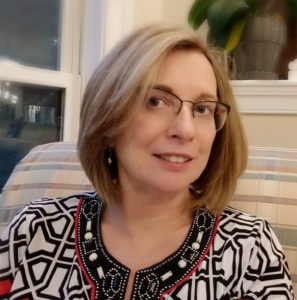
Many business owners of websites older than five years are thinking of updating their websites this year. A frequent question we get at McCord Web Services is “Is WordPress right for me?” For some businesses WordPress may be a good fit, but it is important to understand that you do have options to a WordPress website.
In this series on WordPress or PHP, we will be looking at the pros and cons as well as benefits and challenges.
If you are considering a WordPress website please review my checklist below before you make a final selection and get your site into production. I encourage you to have a frank talk with your potential website designer and nail down some of these issues before you go to contract or fund the project with a deposit.
WordPress Theme Vetting Checklist
- If you are using a custom created theme, ask to see links of similar projects. Input the URL in the Google Page Speed tool to understand clearly the page speed you may end up with in your custom project. https://developers.google.com/speed/pagespeed/insights/
- If you are going to use a pre-designed theme, all theme designers will have a “live preview”. Ask for that link and input the URL in Google’s page speed tester. https://developers.google.com/speed/pagespeed/insights/ Better yet, let your web designer know that you will not want to use any WordPress themes that do not score in the “green” zone on the Google Page Speed Tester.
- Assure that your site designer knows that you will want to use AMP plugins to render your WordPress website to be AMP friendly. If the designer has used that theme before, ask to see the AMP page of a site. The page you see in your browser and smartphone should not have navigation links and elements with the content pushed to the bottom. It should have a narrow banner and content. If you see a lot of navigation links, it means that the theme’s navigation is not compatible with the AMP plugins. If your site designer cannot provide a page for you to use, consider buying the theme in question, having them do the installation, install the AMP plugin for your evaluation before you go further. Do not do site build-out until you verify that this is not an issue with your theme. It is by far better to write off the cost of the theme (typically under $100) and choose a new theme to get the AMP compatibility you really need.
- Review with your web designer the type of theme they will be using. It is easy for another webmaster to come in and put in blog content. Will blog post pages have builder fields and have to be customized at installation or will the blog content entry fields be typical as in WordPress Twenty Seventeen or Twenty Eighteen. Does the blog require a featured image and what are the size dimensions of the featured image? For many sites using featured images an image of 1920 by 1080 is required. This requires the blog post installer to buy a special larger image and then resize it to fit. This is an added expense that you should know about before you purchase your theme or go into production as you will incur additional costs.
- Let the website designer know you are serious about security. All testing logins and user names and passwords at set up should be complicated and never use admin or default settings. After launch WordFence Premium can be added for additional security and firewall protection, but don’t allow your site to be hacked while in the design phase through lax security.
In our next blog post on Wednesday, we will discuss why there has to be such a focus on page speed for your new website.
